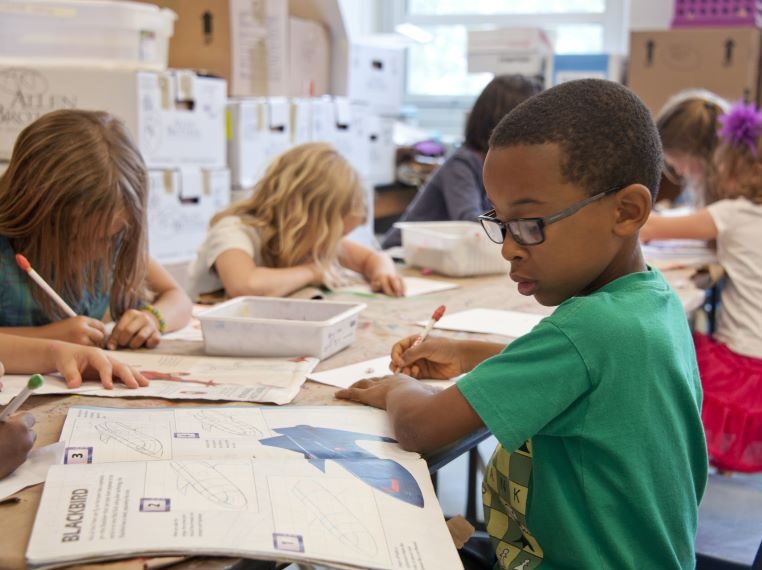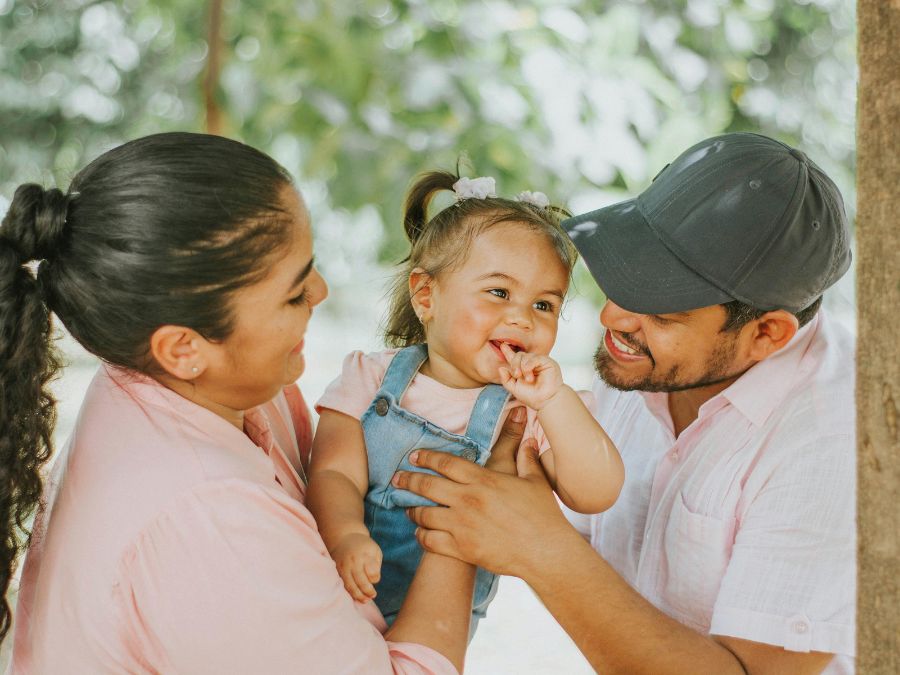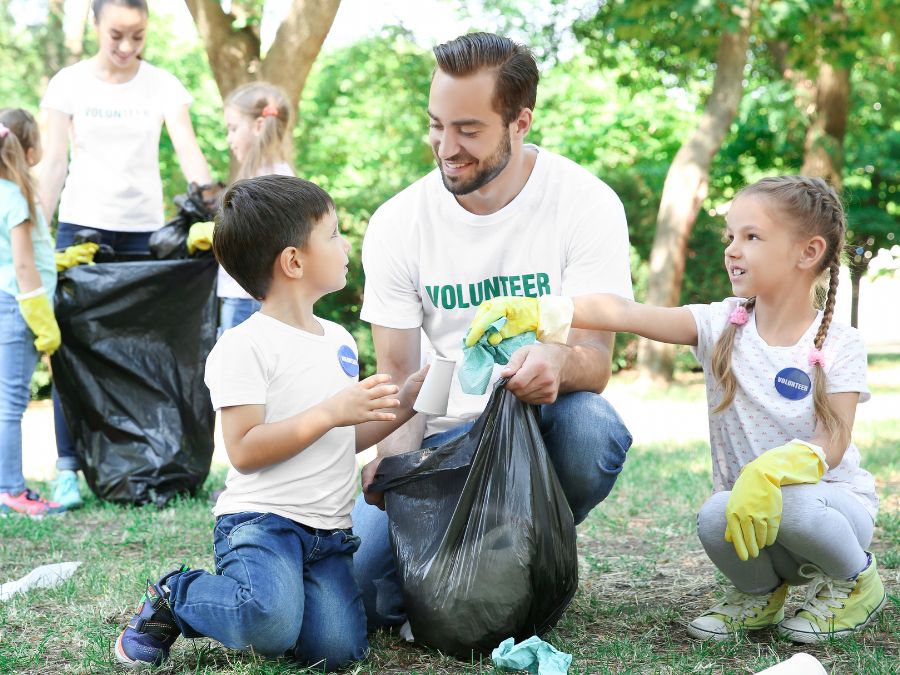
School can be an exciting opportunity to practice positive childhood experiences
Going back to school in the Fall can be an exciting time of year for students and educators where they can look forward to new experiences. It can also challenge the school community with unknowns that they have to navigate. Who are the new teachers? How many new friends will students meet in classes? Will new students and caregivers feel safe walking around their school? Do the schools provide after-school activities? These questions can bring up a lot of feelings, even anxiety, for students, parents, and educators.
The school community can implement the HOPE framework, a strength-based model focused on the key types of positive childhood experiences (PCEs), into their return-to-school preparation to ensure that their schools provide a safe and supportive learning experience. The Four Building Blocks of HOPE is an accessible way for parents and educators to talk and act on the key PCEs that promote health and well-being for children. They are:
- Safe and supportive relationships
- Safe, stable, and equitable environments
- Opportunities for social and community engagement
- Opportunities for emotional growth
Using the Building Blocks, caregivers and educators can start creating opportunities for positive childhood experiences as early as the last weeks of summer to the first few days of school and beyond. Below are 10 ways to practice PCEs as students return to school.
Promoting back-to-school PCEs
- On the first day of school, students can share their favorite memories from the summer. The teachers and other students can connect the shared memories to one (or more) of the Building Blocks.
- Returning students can show the incoming students the social norms of the school. For example, the older students can show them how the cafeteria works and where students typically hang out during breaks.
- Schools can welcome new students and their families to visit the school a few weeks before the first day of classes. They can explore different classrooms to make the school space feel more familiar. School educators can introduce students to supportive staff or teachers to reach out for help and identify any needs before the school year begins.
- If a student is taking the bus or walking to a new school, parents can practice the route with their children before the first day of school.
- Parents and older students can visit the Facebook or other social media pages belonging to the schools or school district to connect with other parents and school community members.
- Schools can advertise to students different clubs, sports, or afterschool activities that they offer and how to sign up. This will help them connect with new friends, feel like they are part of something bigger than themselves, and learn new skills.
- Parents can talk to their young children about the importance of asking for help and who to ask for help when they are at school.
- During the summer, families can visit local playgrounds to meet other children of the same age.
- Parents and teachers can talk through their children’s new routine with them, allowing the child to ask questions and lessen the anxiety of starting something new.
- Parents and older students can look for local resources in their community, like the local library or community center, to go to after school. Schools can let parents and students know about the available local resources.


